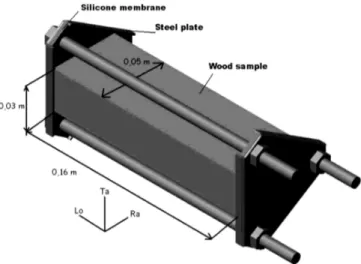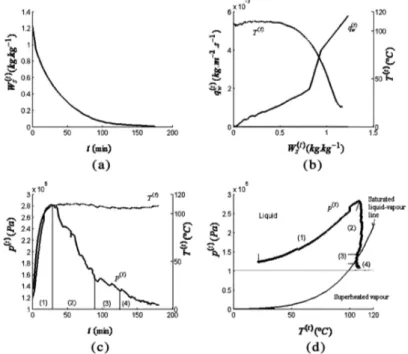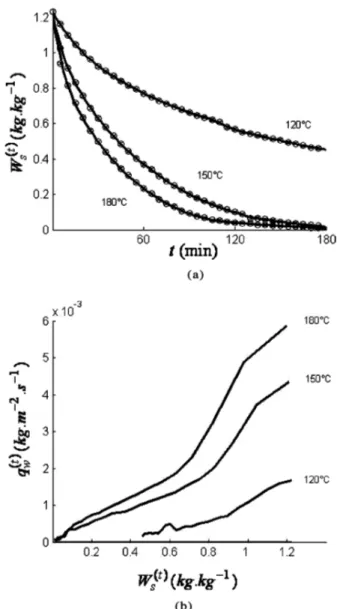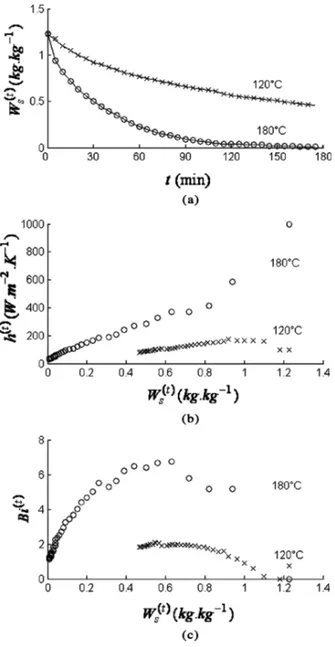Heat and mass transfer in fry drying of wood
Texte intégral
Figure




Documents relatifs
8 Maximum stress and strength development in time of cement paste samples with steel rod: a comparison of stresses calculated with and without creep for one specimen and b
standard identification, in terms of average moisture content evolution for sample (c) 392. The experimental test was stopped after 220 days and a dozen weighing measurements,
Different drying cycles were performed in a low temper- ature convective and homogeneous wood drier in order to evaluate the in¯uence of four operating parameters (wood thickness,
precerebellar precursors resulted in migration errors of PN (Figure 3), although at a lower penetrance and severity than in the null mutants, suggesting that Hoxa2 may be
The process was carried out using an innovative pyrolysis technology, the Macro ATG oven, in which it was verified how the moisture contents (0.83 and 13%) influenced the mass
beech samples present generally higher weight losses compared to pine samples impregnated 178 .. and cured in the same conditions; these results corroborate previous results on
Organizer Ŷ Salzburg University of Applied Sciences; Forest products technology & Timber constructions.. Co-organizers Ŷ Society of Wood Science and Technology (SWST)
L’insuffisance des ressources humaines, matérielles et financières des acteurs et institutions en charge de la conservation de la faune dans la forêt d’Ebo justifie la

